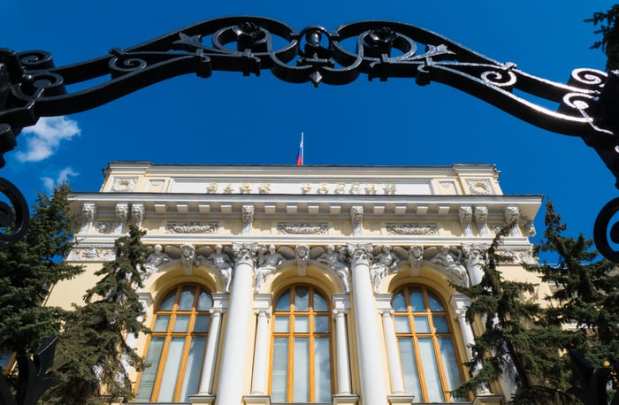Russian Central Bank Developing Business Debt-Risk Prevention Strategy

The Russian central bank is in the process of introducing debt guidelines to help companies stave off widespread risk as early as possible, Elizaveta Danilova, head of the bank’s financial stability department, told Reuters.
The central bank is looking to strengthen the foothold of the financial sector after western sanctions, combined with a steep decline in 2014 oil prices, set off a price drop in the ruble. That upped the corporate sector’s debt burden because many loans were denominated in foreign currencies.
“There should be systemic criteria, for example, a ratio of a company’s debt to gross domestic product [GDP] in order to identify not only large borrowers for banks, but to spot problems in large firms that can trigger systemic risks,” Danilova said.
The central bank will work with the commercial banks it oversees to develop a distinct prototype for such standards, she added. The implementation of such criteria hinges on the accumulation of companies’ debts.
Danilova started at the central bank in 2009 as an economist. She was tapped to lead the financial stability department in 2018.
The corporate loans-to-GDP ratio was 32.1 percent in early 2019, up from 30.8 percent before western sanctions were handed down on Russia in 2014. The ratio is down from 40.1 percent at the start of 2016, Reuter’s reported, citing data from the central bank. The central bank joined other central banks worldwide in slashing interest rates as inflation dropped below 4 percent.
In November, Russia announced it was partnering with PayXpert to test its national payment system, MIR, in London. The pilot program was launched at the Russian-British Business Forum in London.
Each year, more than 40 million Russian tourists visit Europe. It is anticipated that the Russian payment system will make it easier for merchants to transact with Russian consumers. The payment option is expected to appeal to the more than 147 million potential Russian customers.
